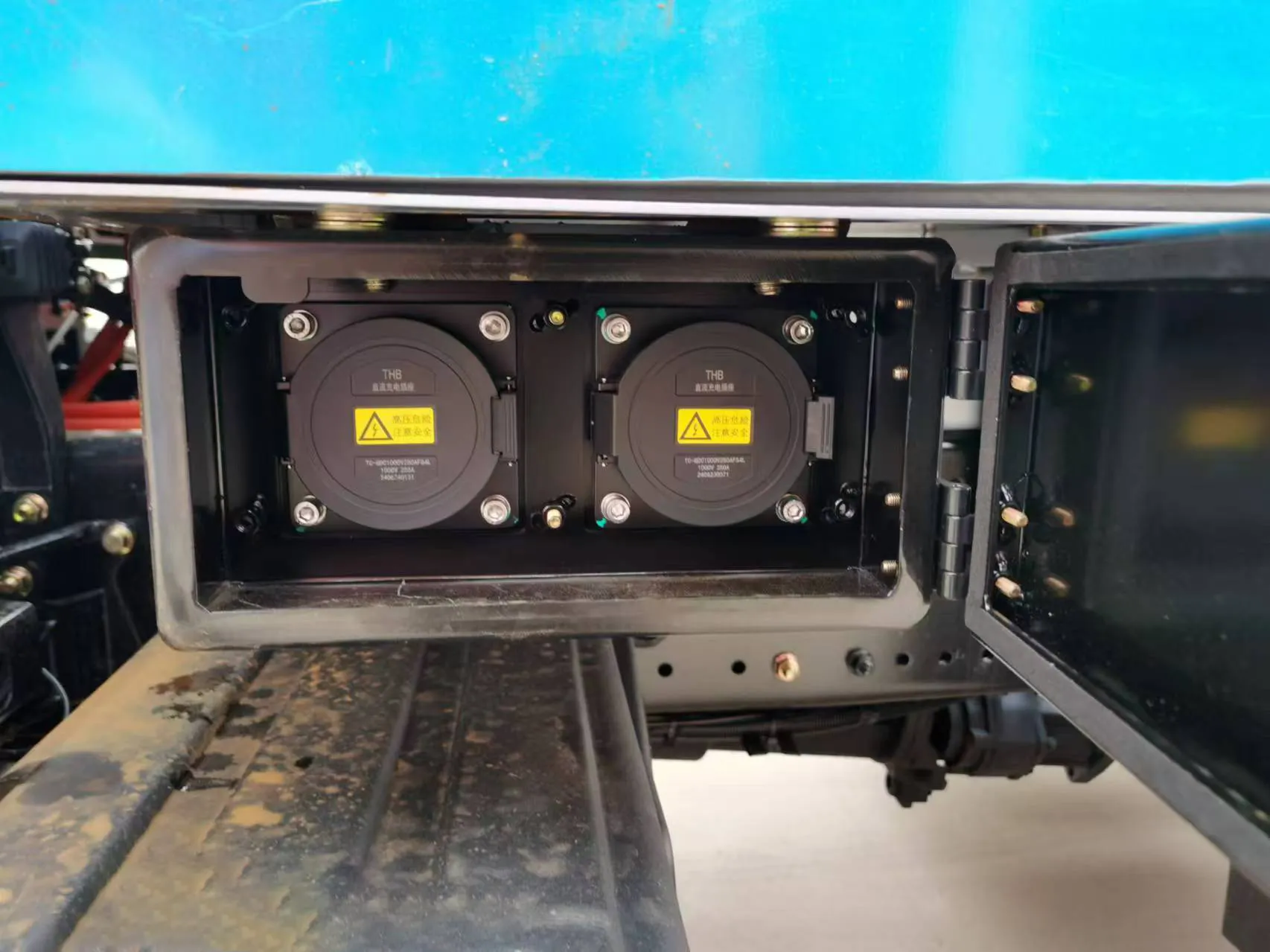manual transmission gears
Understanding Manual Transmission Gears A Comprehensive Overview
Manual transmission, commonly referred to as stick shift, is a type of vehicle transmission that allows the driver to control the gear changes manually. This system is not only a crucial component of vehicle performance but also enhances driving engagement and skill. In this article, we will explore the mechanics of manual transmission gears, their configuration, and the benefits of driving a manual vehicle.
The Basics of Manual Transmission
At its core, a manual transmission consists of a series of gears that transmit power from the engine to the wheels. The driver engages and disengages these gears using a clutch pedal and a gear stick. The clutch allows the driver to temporarily disconnect the engine from the transmission, enabling a smooth shift into the desired gear without grinding or damaging the gears.
Manual transmissions are typically categorized into several gear ratios, which determine the relationship between the engine speed and the wheel speed. Common configurations include five-speed and six-speed transmissions, although some high-performance vehicles may have even more gears. Each gear is designed for specific driving conditions—lower gears provide more torque for acceleration, while higher gears are more efficient for cruising at higher speeds.
Gear Ratios Explained
The gear ratios play a pivotal role in how a vehicle responds to driver input. In a traditional five-speed manual transmission, the first gear is the lowest ratio, providing maximum torque for starting from a standstill. As the vehicle gains speed, the driver shifts through the gears, with second gear offering a balance of torque and speed, while third and higher gears are optimized for cruising efficiency.
For example, first gear might have a ratio of 3.21, meaning the engine turns 3.2 times for every one turn of the wheels. In contrast, fifth gear might have a ratio of 0.81, signifying that the engine turns slower than the wheels, improving fuel efficiency during steady driving conditions. This hierarchical relationship between gear ratios allows drivers to maximize both performance and fuel economy, depending on their driving style and conditions.
The Role of the Clutch
The clutch is an essential component of a manual transmission. When the driver depresses the clutch pedal, it disengages the engine from the transmission, allowing for a gear change without damaging the gears. Once the desired gear is selected, the driver gradually releases the clutch while simultaneously applying the throttle. Mastering this clutch control is critical to driving a manual transmission smoothly and effectively.
manual transmission gears

Learning to coordinate the clutch and throttle can be challenging for novice drivers. However, with practice, many find that driving a manual can enhance their overall driving experience, as it requires more engagement and focus compared to automatic transmission vehicles.
Advantages of Manual Transmission
While automatic transmissions have dominated the market in recent years, there are still several advantages to driving a vehicle with a manual transmission
.1. Enhanced Control Manual transmissions provide drivers with explicit control over the vehicle’s power and speed. This can be particularly advantageous in conditions like off-roading or driving in challenging weather.
2. Fuel Efficiency Manual vehicles often deliver better fuel economy compared to their automatic counterparts. By allowing the driver to choose the optimal gear for different driving conditions, a manual transmission can help reduce fuel consumption.
3. Lower Maintenance Costs Manual transmissions tend to have fewer components than automatics, leading to lower repair and maintenance costs over the lifespan of the vehicle.
4. Driving Engagement Many enthusiasts appreciate the active involvement in driving that a manual transmission provides. The tactile feedback and the need to shift gears keep drivers engaged with the vehicle, creating a unique connection.
Conclusion
Manual transmission gears offer a distinctive driving experience that blends control, efficiency, and engagement. Understanding how the gears function, the role of the clutch, and the advantages of manual driving can enhance your appreciation for this traditional form of transmission. While the automotive landscape continues to evolve with advancing technology, the appeal of manual transmissions remains strong among driving enthusiasts and those seeking a more connected driving experience. Whether navigating through city streets or cruising down open highways, mastering manual gears can transform your driving ethos.
-
SINOTRUK HOWO 84 Electric Dump Truck for Eco-Friendly Heavy HaulingNewsJul.26,2025
-
The Fast 16-Gear Manual Transmission Assembly for Heavy TrucksNewsJul.25,2025
-
Mercedes Benz Actros 1848 42 Tractor Truck for Sale - Reliable PerformanceNewsJul.24,2025
-
High-Quality Water Pump Assembly for Sinotruk Trucks – Durable & ReliableNewsJul.23,2025
-
Premium Truck Engine Antifreeze Coolant Fluid for Heavy Duty VehiclesNewsJul.22,2025
-
FOTON View G7 Mini Bus: Affordable & Spacious TransportNewsJul.22,2025
Popular products

























